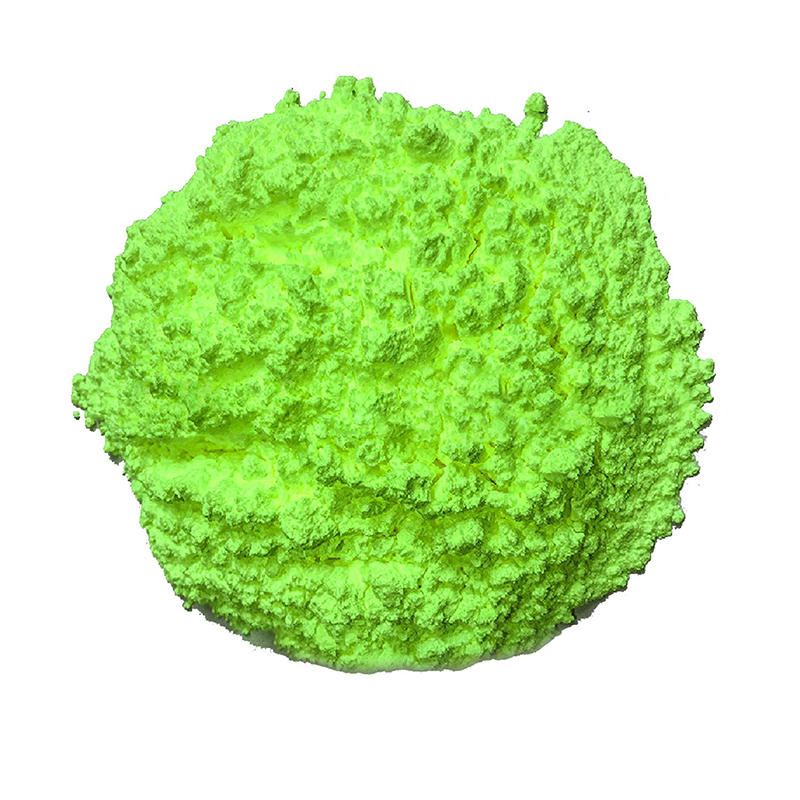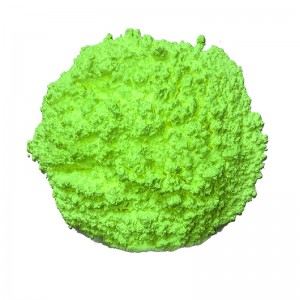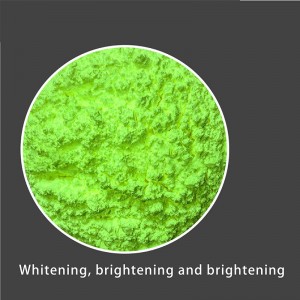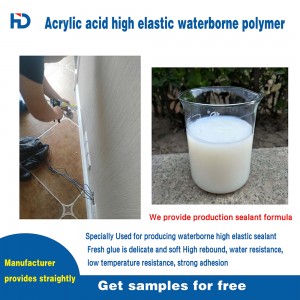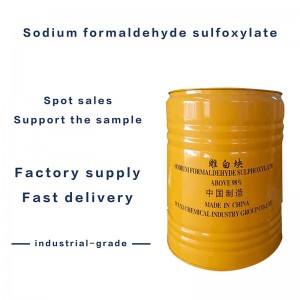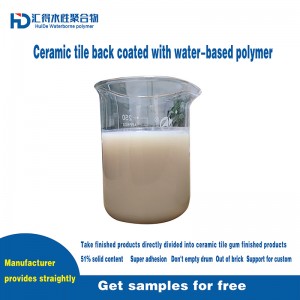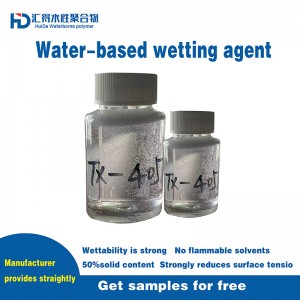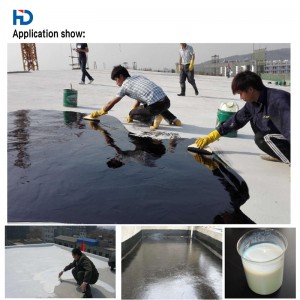fluorescent brightener
chemical characteristics
According to their chemical structure, they can be divided into five categories:
1, stilbene type: used for cotton fiber and some synthetic fibers, papermaking, soap and other industries, with blue fluorescence;
2, coumarin type: with coumarin basic structure, used for celluloid, PVC plastic, with strong blue fluorescence;
3, pyrazoline type: used for wool, polyamide, acrylic fiber and other fibers, with green fluorescent color;
4, benzoxy nitrogen type: used for acrylic fibers and polyvinyl chloride, polystyrene and other plastics, with red fluorescence;
5, benzoimide type is used for polyester, acrylic, nylon and other fibers, with blue fluorescence.
Product introduction and features
Fluorescent brightener (fluorescent brightener) is a fluorescent dye, or white dye, which is also a general term for a group of compounds. Its property is that it can excite the incident light to produce fluorescence, so that the contaminated material has a similar effect of fluorite glitter, so that the naked eye can see the material is very white.
use
The first theoretical explanation of fluorescence came in 1852, when Stokes proposed what came to be known as Stokes’ Law. In 1921 Lagorio observed that the visible fluorescence energy emitted by fluorescent dyes was lower than the visible light energy absorbed by them. For this reason, he deduced that fluorescent dyes had the ability to convert invisible ultraviolet light into visible fluorescence. He also found that the whiteness of natural fibers could be improved by treating them with an aqueous solution of a fluorescent substance. In 1929, Krais used Lagorio’s principle to prove that the yellow rayon was immersed in a solution of 6, 7-dihydroxycoumarin glycosyl. After drying, it was found that the whiteness of the rayon was significantly improved.
The rapid development of fluorescent brighteners has led some people to rank them with the advent of reactive dyes and organic pigments DPP as the three major achievements in the dye industry in the late 20th century.
Many industries have begun to use fluorescent brighteners, such as paper, plastic, leather, detergent. At the same time in many high-tech fields also in the use of fluorescent whitening agent, such as: fluorescence detection, dye laser, anti-counterfeit printing, etc., and even high-altitude photography with high sensitivity film to improve the sensitivity of photographic latex, will also use fluorescent whitening agent.
package and transport
B. This product can be used,,25KG,200KG,1000KGBAERRLS。
C. Store sealed in a cool, dry and ventilated place indoors. Containers should be tightly sealed after each use before use.
D. This product should be sealed well during transportation to prevent moisture, strong alkali and acid, rain and other impurities from mixing.





